Ever wonder why your smartphone battery lasts all day, while a power tool battery delivers intense bursts of energy? It's the specific chemistry technology of a lithium-ion battery at work.
The unique mix of materials inside each cell dictates its performance, from runtime and power output to overall safety. Over 90% of consumer electronics now rely on this technology.
This guide breaks down that science, explaining the core chemicals in lithium-ion batteries so you can choose the right power for every device you own.
Table of Contents
- What is the Chemistry of a Li-ion Battery?
- What Chemicals Are in Lithium-Ion Batteries & How Do They Work?
- What Are the Different Types of Li-ion Battery Chemistry?
- Is Li-ion Always the Best Choice?
- Which Li-ion Chemistry is Right for Your Devices?
- How Can You Get the Most Out of Your Lithium-ion Batteries?
- Power Your World the Smart Way
What is the Chemistry of a Li-ion Battery?
It’s not just a chunk of metal; it’s a finely tuned system.
A lithium-ion battery is essentially a self-contained, rechargeable powerhouse. Think of it less like a simple container and more like a dynamic system.
The core principle behind the chemistry of a li ion battery involves the movement of tiny particles called lithium ions.
When you charge your battery, these ions move from one side (the cathode) to the other (the anode), where they are stored. When you use your device, the ions move back to the cathode, releasing the stored energy as electricity that powers your gadget.
This efficient reversible process is why Li-ion batteries can be recharged hundreds or thousands of times. It’s a continuous dance of ions that delivers power on demand.
This elegant dance of ions is made possible by a few key players inside the battery case. Now, let's meet the team.
What Chemicals Are in Lithium-Ion Batteries & How Do They Work?
To really get what makes a battery tick, you need to know the four key players that make up the team inside the case.
The Positive Side: The Cathode
The cathode is where the power starts; it's the source of the lithium ions that are released when you use your device.
The specific chemicals in lithium-ion batteries, particularly those in the cathode material (such as cobalt oxide or iron phosphate), determine the battery's core characteristics: its capacity, power output, and safety profile.
The Negative Side: The Anode
The anode is the safe harbor where lithium ions rest and are stored when the battery is charging. In most Li-ion batteries, the anode is made of graphite, a reliable and stable material that can accommodate a large number of ions.
The Battery Electrolyte
The lithium-ion battery electrolyte is the superhighway that allows ions to travel between the cathode and anode, but it blocks electrons.
A common question we hear is about lithium-ion battery acid.
In reality, the electrolyte in a Li-ion battery is not an acid. It's a specialized lithium salt dissolved in an organic solvent, which is crucial for the battery's performance and stability.
Keeping Things Safe: The Separator
This is a micro-porous physical barrier that keeps the anode and cathode from touching. This prevents a short circuit while still allowing the ions to pass through freely via the electrolyte.
The specific materials used for these components, especially the cathode, create different 'flavors' of lithium-ion batteries. Let's look at the most common types you'll encounter.
Also learn:
How Lithium-Ion Batteries Are Made Step by Step
What Are the Different Types of Li-ion Battery Chemistry?
The cathode creates different battery 'personalities' fit for various jobs.
Lithium Cobalt Oxide (LCO)
- For: High energy density. This translates to a lot of power packed into a small space.
- Used In: You'll find this chemistry in older consumer electronics like smartphones and laptops.
Lithium Iron Phosphate (LFP / LiFePO₄)
- For: This one is the marathon runner, known for its superior safety and exceptionally long cycle life. It can be charged and discharged thousands of times with minimal degradation.
- Used In: Its durability makes it perfect for solar power storage and electric vehicles.
Nickel Manganese Cobalt (NMC)
- For: This is the popular all-rounder. It strikes a great balance between high energy density, solid safety, and good performance.
- Used In: Its versatility makes it a top choice for power tools and a wide range of modern rechargeable devices.
Nickel Cobalt Aluminum Oxide (NCA)
- For: This chemistry is engineered for very high energy density and impressive power output.
- Used In: It's famously used in high-performance electric vehicles where maximizing range and acceleration are top priorities.
These chemistries are the building blocks for most 3.7V batteries on the market.
Is Li-ion Always the Best Choice (Li-ion vs. Ni-MH)?
There’s no single ‘best’ battery, only the right battery for the job. The secret lies in the chemistry. Each type is engineered for a specific purpose, and knowing where they shine is the key to reliable power.
When to Choose 1.5V Lithium-Ion
Opt for 1.5V lithium-ion batteries when peak performance from your power-hungry devices is non-negotiable. They excel in these areas:
- Consistent, Fade-Free Power: These batteries deliver a stable 1.5V from start to finish. This prevents performance lag in sensitive electronics like digital cameras and smart locks.
- High-Current Output: They are engineered to handle high-power demands, supporting discharge currents of over 3A. This makes them perfect for devices like camera flashes and high-performance toys.
- Greater Energy and Long Life: A single AA lithium-ion battery can have a capacity of over 3000mWh, offering significantly longer runtime than its alkaline counterparts. You can also expect a long lifespan of 500 to 1000 recharge cycles.
-
Superior Cold Weather Performance: They work reliably in a wide temperature range, from -20°C to 60°C (-4°F to 140°F), making them ideal for outdoor devices in the winter.
When to Choose High-Capacity NiMH
Select Nickel-Metal Hydride (Ni-MH) batteries when you need a reliable, cost-effective power solution for your everyday electronics. They are the champions of:
- Exceptional Long-Term Value: While the initial cost is low, the real savings come from their incredible reusability. A single Ni-MH battery can be recharged 500 to 1500 times, making them a smart financial choice.
- Dependable Everyday Power: This chemistry is ideal for common household items where a slight voltage fade isn't critical, like toys, wireless keyboards and mice, and electric shavers.
- A Greener Choice: Ni-MH batteries contain no toxic heavy metals and are considered a "green environmental battery," helping to reduce waste and pollution. They also have no "memory effect," a problem that plagued older rechargeable batteries.

Your Quick-Choice Cheat Sheet (Table)
To put them head-to-head, this cheat sheet breaks down the critical specs to help you make the right call.
| Feature | Lithium-Ion | Ni-MH |
| Best For | High-drain, voltage-sensitive gadgets: digital cameras game controllers smart locks |
Everyday electronics: toys wireless mice flashlights |
| Voltage Profile | 1.5V, constant output from start to finish due to a built-in regulator circuit | 1.2V, gradually fades during use, starting around 1.4V and ending near 1.0V |
|
Capacity (AA Size) |
Often exceeding 3000mWh | 2000-2800mAh |
| Power Output | Supporting currents over 3A | Providing currents less than 1A |
| Cold Weather Use |
-20°C to 60°C (-4°F to 140°F) |
Reduced by up to 50% at -10°C (14°F) |
| Self-Discharge | Holding an 80% charge for 3 years in storage | Up to 80% of their charge after a year |
| Recharge Cycles | 500 to 1000 recharge cycles | 500 to 1500 recharge cycles |
| Eco-Friendliness | Good. Being rechargeable significantly reduces waste compared to single-use batteries. | Excellent. Often called a "green environmental battery" as it contains no polluting heavy metals. |
Which Li-ion Chemistry is Right for Your Devices?
The best battery performance comes from matching the right chemistry to the specific task. Different devices have different power demands, and the specific Li-ion battery chemistry inside is what meets those needs.
For High Performance & Energy: NMC and NCA
Chemistries like Nickel Manganese Cobalt Oxide (NMC) and Nickel Cobalt Aluminum Oxide (NCA) are the sprinters of the battery world.
They are prized for their high energy density, meaning they pack the most power into the smallest and lightest package. This makes them the perfect chemistry for power-hungry, portable devices where both performance and runtime are critical.
You'll find these high-energy chemistries inside the 1.5V lithium-ion batteries that excel in
- Game controllers
- Digital cameras
- 18650 cells that are used in high-end flashlights, laptops, and vaping devices.
For Ultimate Safety & Lifespan: LFP
When it comes to safety and longevity, nothing beats Lithium Iron Phosphate (LFP).
LFP chemistry is incredibly stable due to its strong chemical bonds, making it highly resistant to overheating even if punctured or short-circuited.
It can also endure thousands of charge cycles, far more than most other types, giving it the longest service life.
This is why LFP is the go-to chemistry for applications where safety is the top priority, such as in
- Portable power stations
- Home energy storage
- Modern electric vehicles.
For Compact Devices Where Size Matters: LCO
Lithium Cobalt Oxide (LCO) is the veteran chemistry that enabled the smartphone revolution by packing high energy into very thin, compact batteries.
While newer chemistries are often preferred for high-power tools, LCO principles are still key in some modern Lithium-polymer (LiPo) batteries used for drones and RC cars, where minimizing weight and size is the most important factor.
Choosing the right battery is about matching the technology to your needs. For a full breakdown of top performers, check out our complete guide to the best rechargeable batteries.
How Can You Get the Most Out of Your Lithium-ion Batteries?
Choosing the right battery is the first step. The next step is making sure it has a long and healthy life. A few smart habits can dramatically extend the longevity of your batteries.
Smart Charging Habits
- Use the Right Charger. Always use a charger that is specifically designed for lithium-ion batteries and matches the battery's voltage requirements. A quality charger should have built-in safety functions like overcharge, reverse polarity, and temperature protection to prevent damage.
-
Avoid Deep Discharges. Regularly running your batteries until they are completely dead can cause over-discharge. This damages the internal structure and can significantly reduce the battery's capacity and lifespan. Recharge your devices when they indicate low power, rather than waiting for them to shut off.
Ideal Storage Conditions
- Store at a Partial Charge. If you need to store your batteries for an extended period, the ideal state is around a 40% to 50% charge. Storing them fully charged or empty puts stress on the internal chemistry.
-
Keep Them Cool and Dry. High temperatures accelerate the chemical reactions inside a battery, which shortens its life. Store your batteries in a cool, dry place away from direct sunlight.
Safety First
Never let your batteries short-circuit. This can happen if metal objects, like keys or coins in a pocket, touch both the positive and negative terminals at the same time. Also, avoid physical damage like dropping or puncturing the battery, as this can lead to internal short circuits and failure.
These simple tips will help ensure you get every last cycle out of your investment.
Power Your World the Smart Way
From the cathode to the anode, the world of lithium-ion battery chemistry isn't so complicated after all. The secret to reliable power isn't finding one "best" battery, but matching the right chemistry to the right job.
You now have the knowledge to look past the marketing hype. You know that the constant 1.5V from a lithium-ion battery can keep your sensitive electronics running at peak performance, while a high-capacity Ni-MH battery offers incredible long-term value for everyday devices.
Making an informed choice means fewer dead gadgets and more time doing what you love. Finding the best rechargeable batteries starts with this knowledge, empowering you to select the perfect power solution for your life.
FAQ
What does 80% DOD mean?
DOD stands for Depth of Discharge, which is the percentage of a battery's capacity that has been used. An 80% DOD means you have used 80% of the battery's stored energy, leaving 20% remaining.
What is the raw material for lithium batteries?
The main active materials are a cathode, often made from lithium cobalt oxide, and an anode made from carbon graphite. These are separated by a membrane and submerged in a liquid electrolyte containing lithium salts.
Who invented the lithium-ion battery?
The technology was developed through the work of multiple scientists, but the 2019 Nobel Prize in Chemistry was awarded to M. Stanley Whittingham, John Goodenough, and Akira Yoshino for their foundational contributions to its creation.
What is the safest type of lithium-ion battery?
Lithium Iron Phosphate (LFP or LiFePO₄) batteries are widely considered the safest chemistry due to their superior thermal stability, which makes them highly resistant to overheating.
Do electric toothbrushes have lithium batteries?
While many electric toothbrushes use reliable Nickel-Metal Hydride (Ni-MH) batteries, modern models now use lithium-ion batteries for their higher energy density and lighter weight.
What is the lifespan of a Li-ion battery?
The lifespan is measured in charge cycles, and while it varies by chemistry, a typical consumer lithium-ion battery provides between 500 and 1000 full charge-discharge cycles before its capacity degrades significantly.
What is the most common lithium battery chemistry?
Chemistries like Lithium Nickel Manganese Cobalt Oxide (NMC) are extremely common due to their balanced blend of energy, power, and safety, making them a top choice for everything from power tools to electric vehicles.


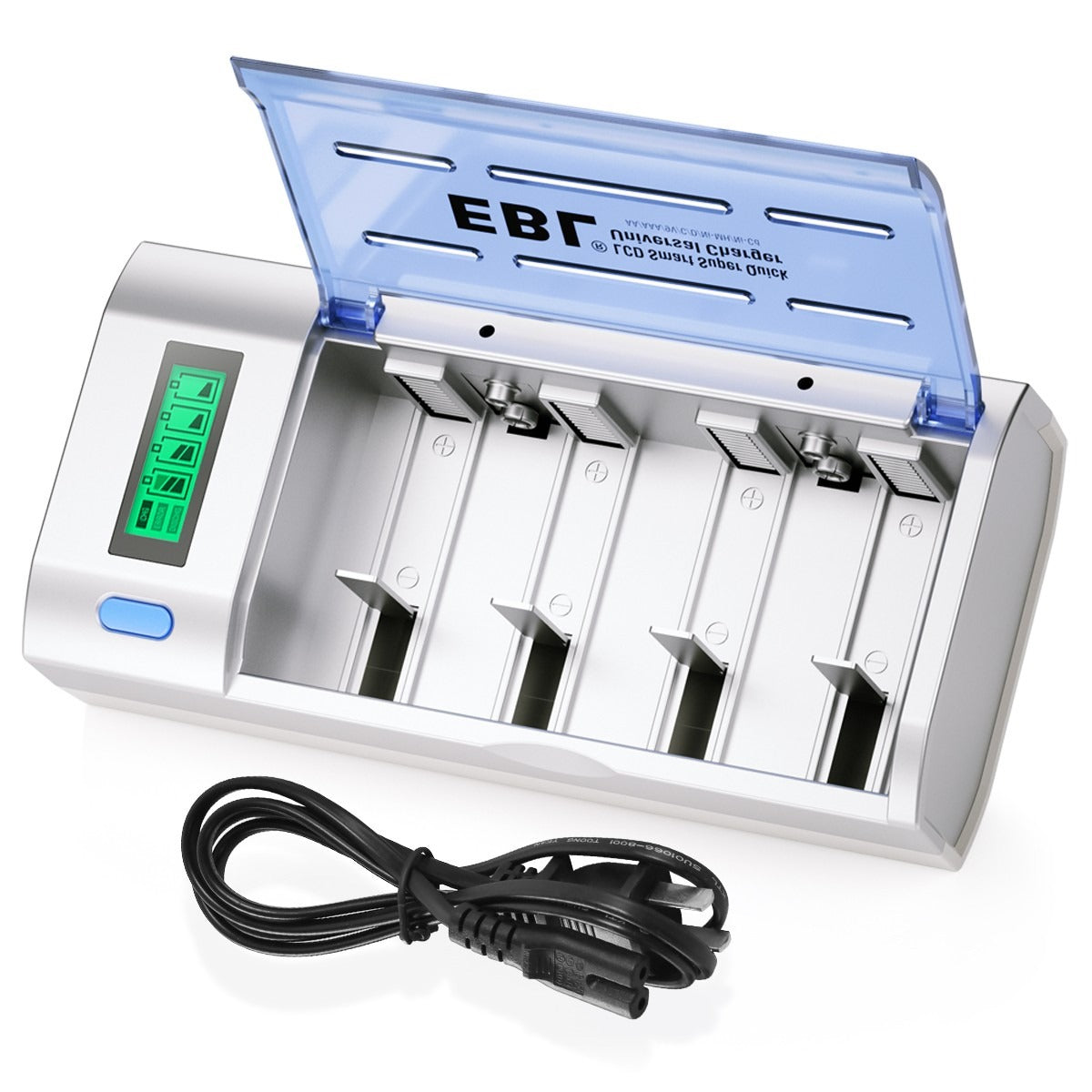
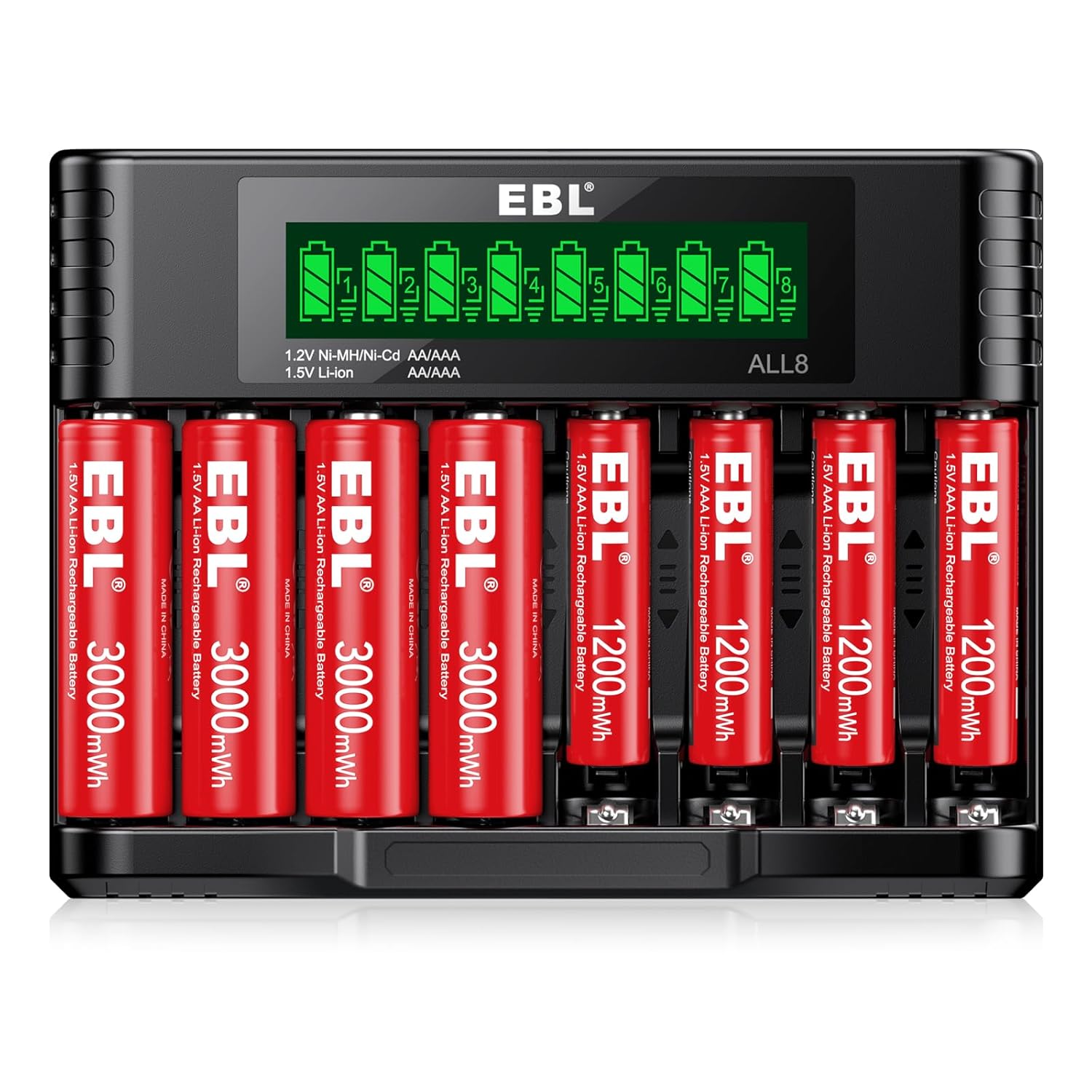

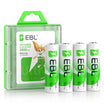
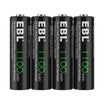
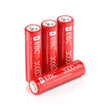

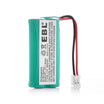
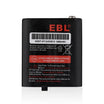
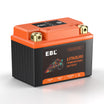
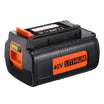
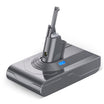
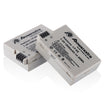
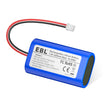
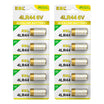
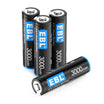
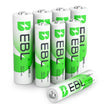


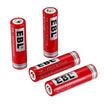
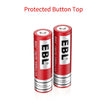
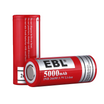

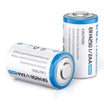
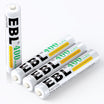
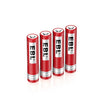


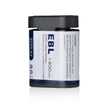
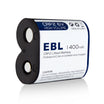
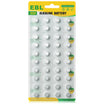
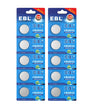



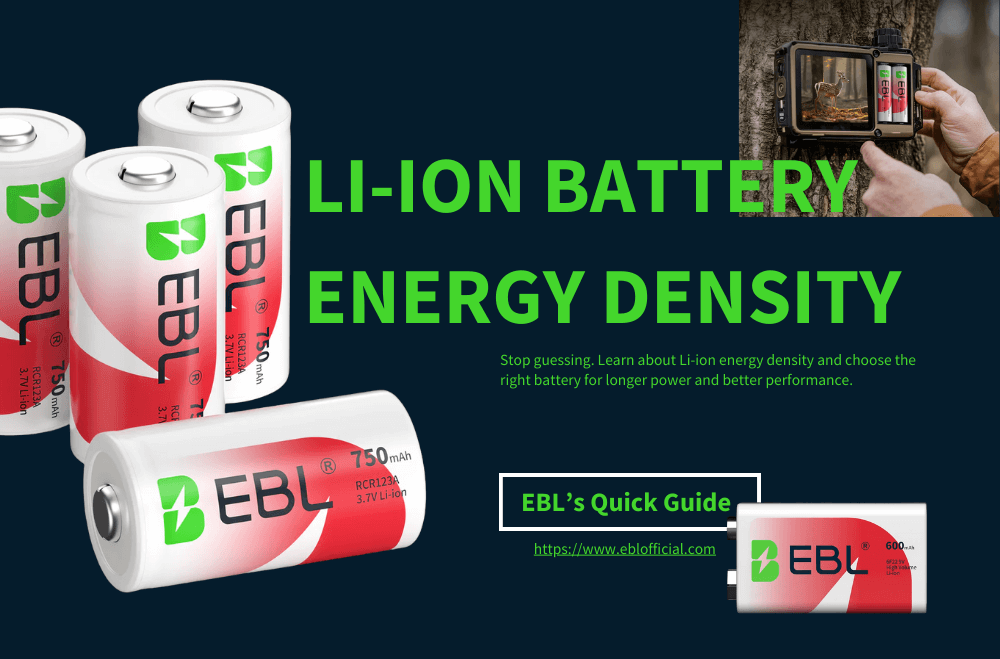
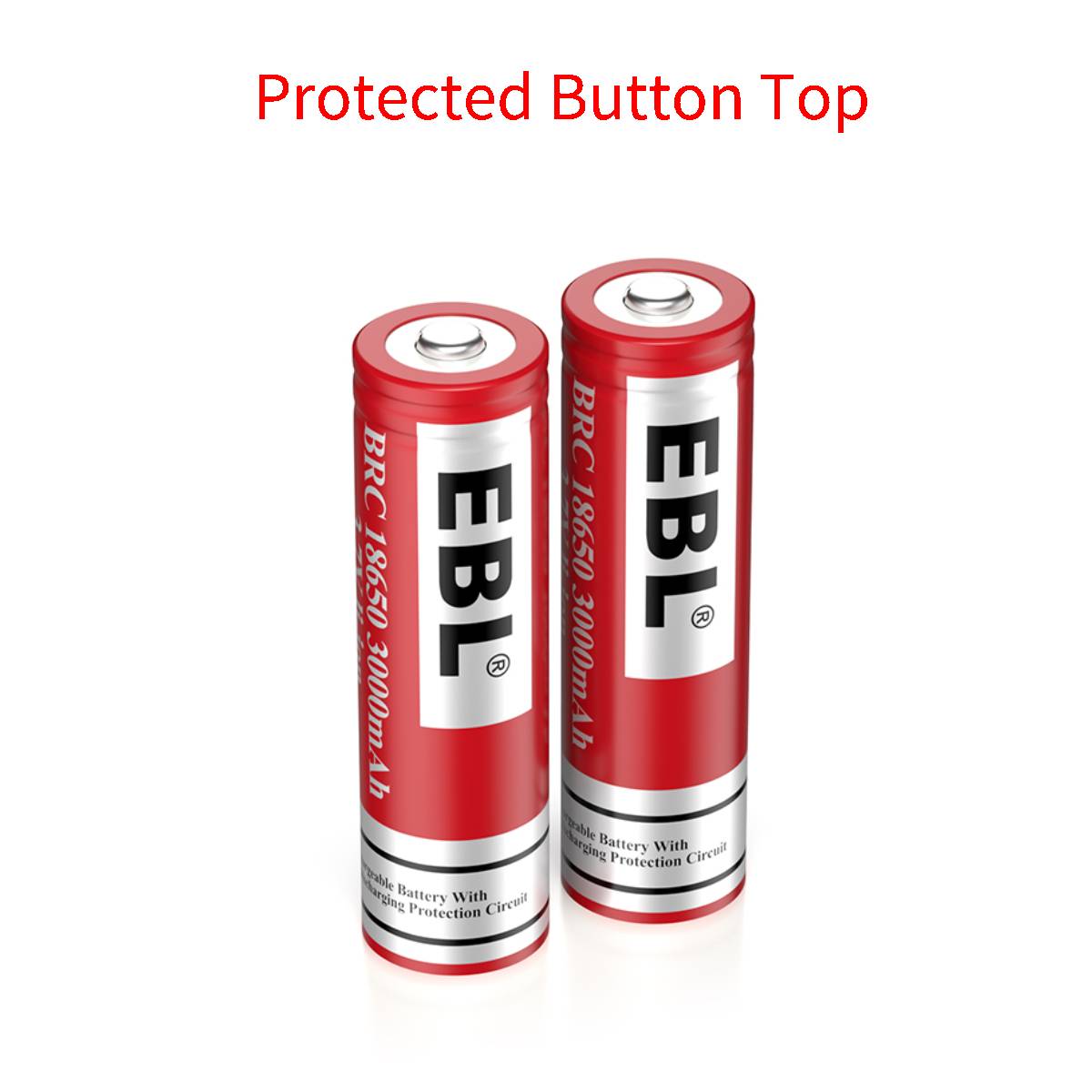
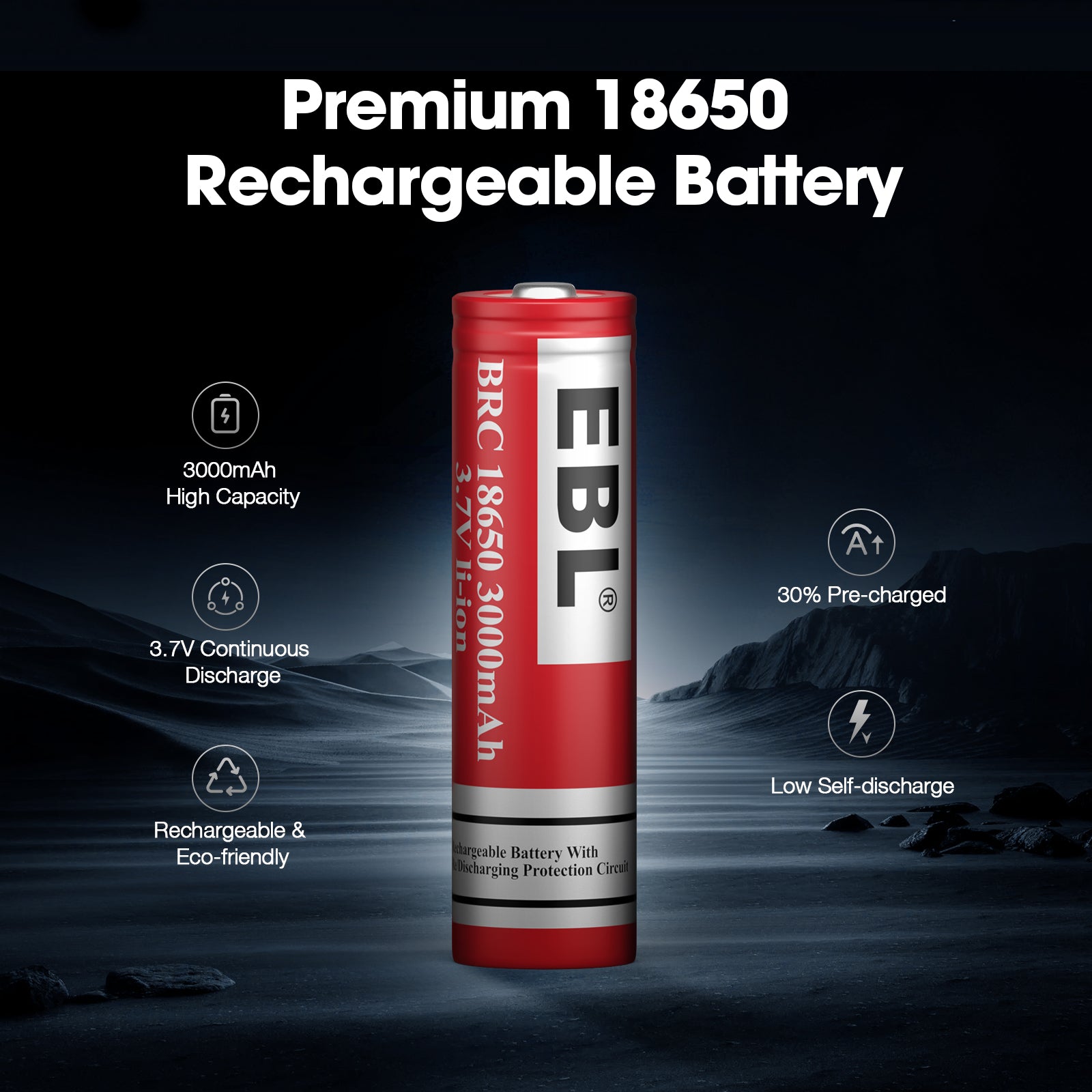
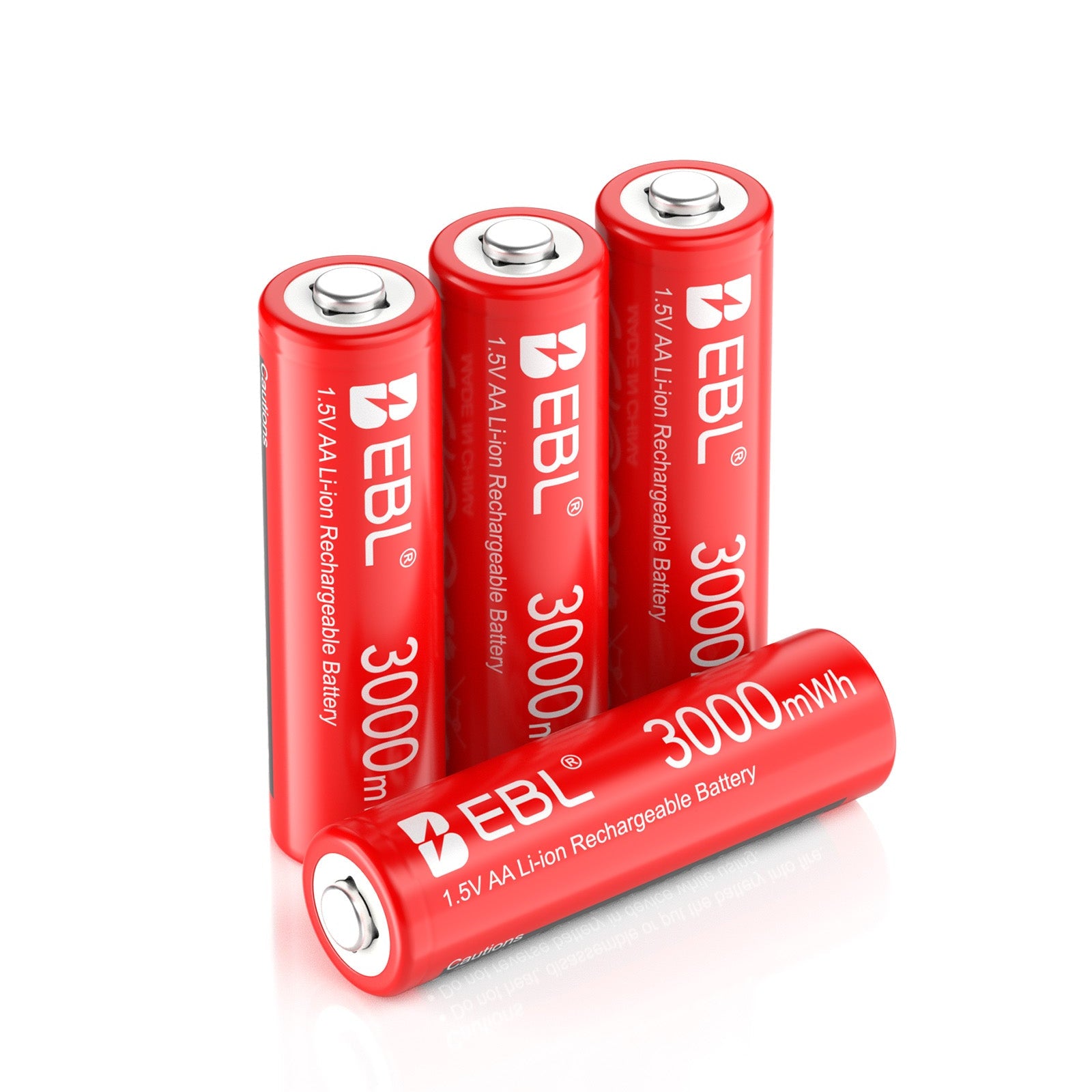
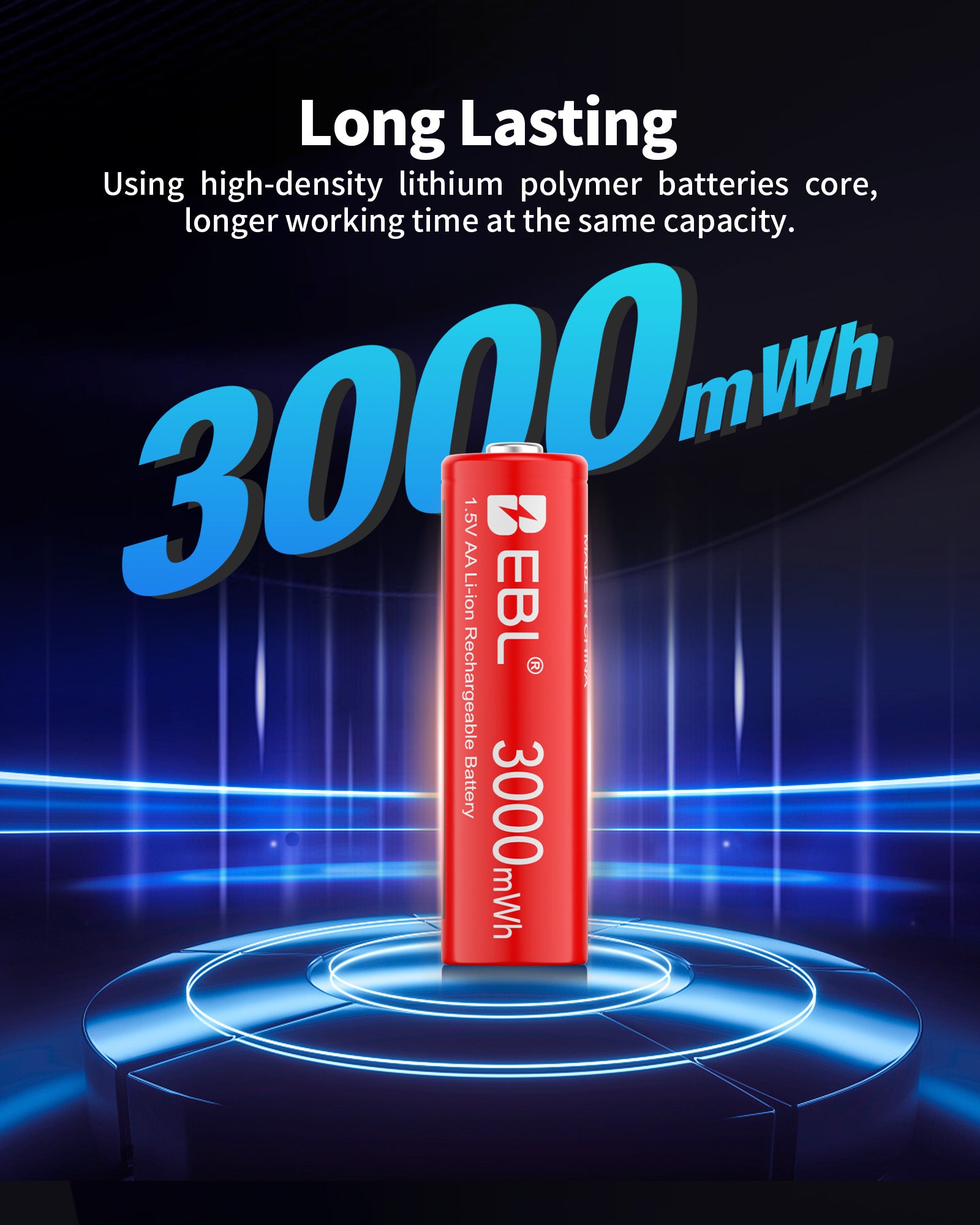
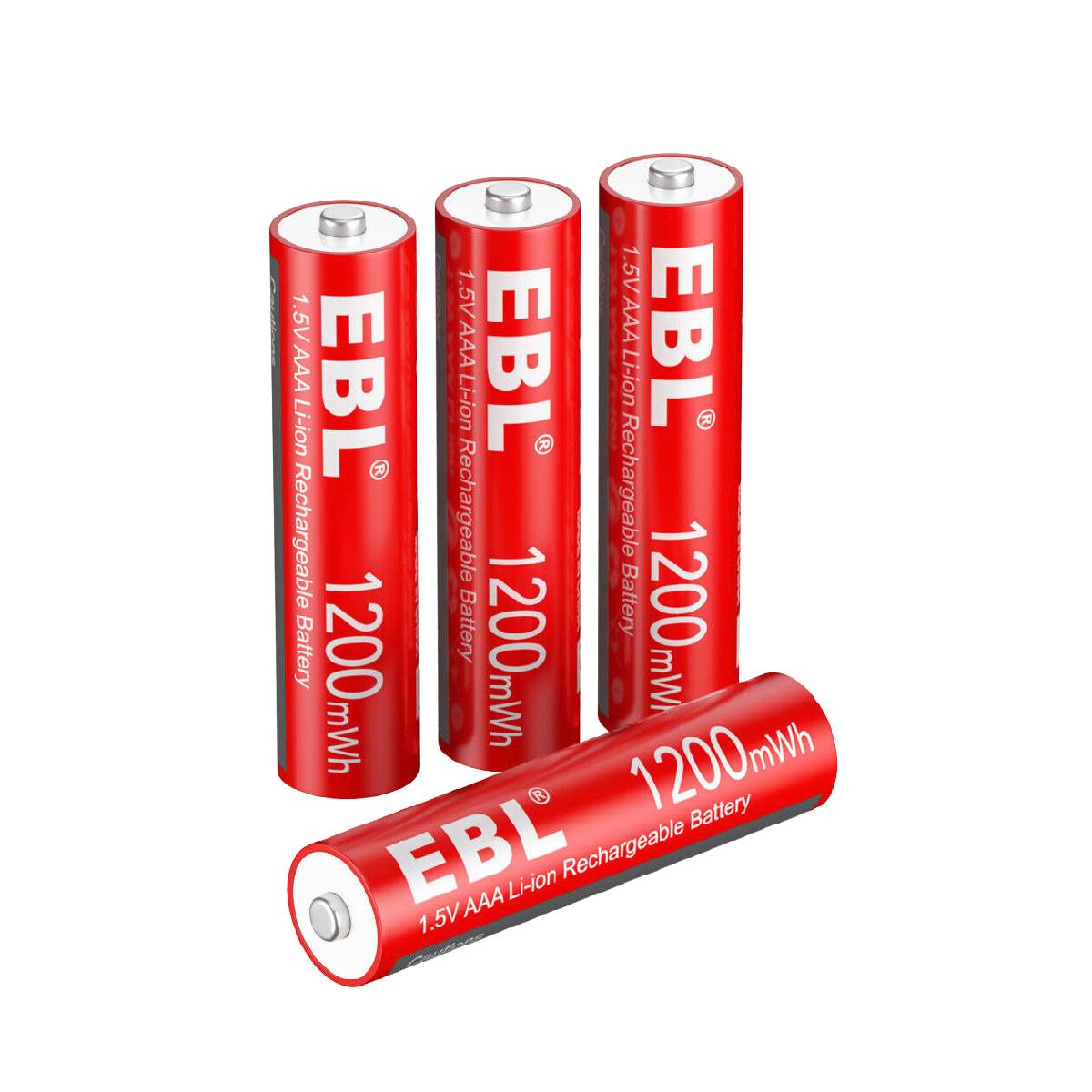
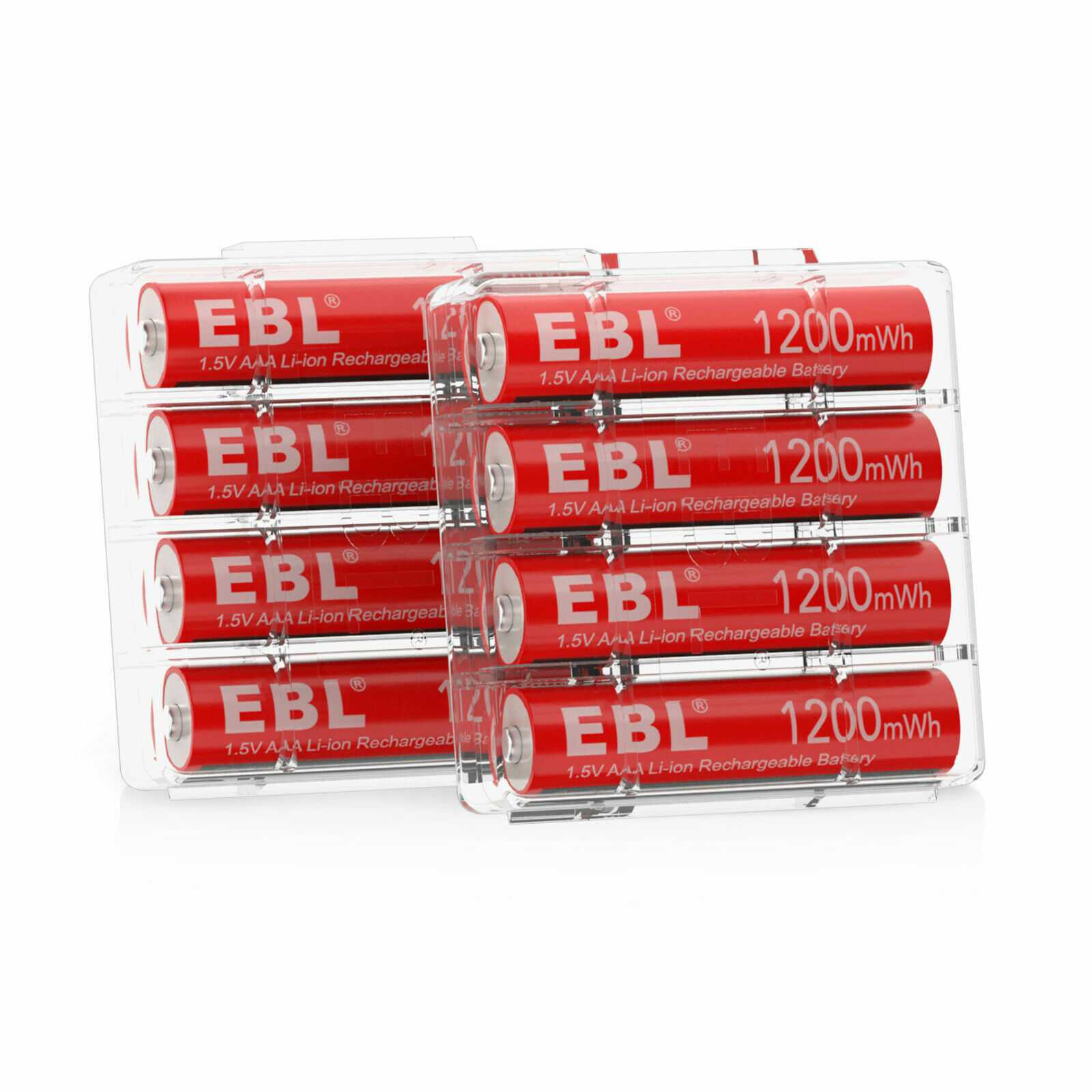
Leave a comment
All comments are moderated before being published.
This site is protected by hCaptcha and the hCaptcha Privacy Policy and Terms of Service apply.